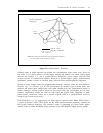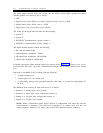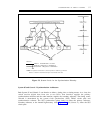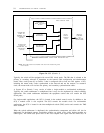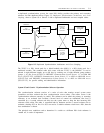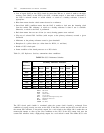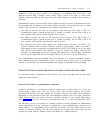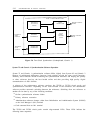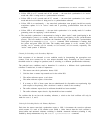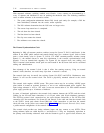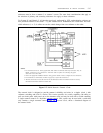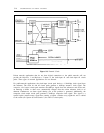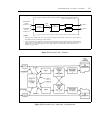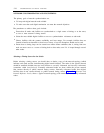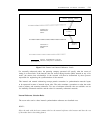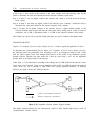
SYNCHRONIZATION OF DIGITAL FACILITIES
5-13
●
●
●
●
●
Yellow LED is on 2.7 seconds and off 0.3 seconds — the tone-clock synchronizer is in “active”
mode and a DS1 is being used as a synchronization reference.
Yellow LED is on 0.3 seconds and off 2.7 seconds — the tone-clock synchronizer is in “active”
mode and the local oscillator is being used as a synchronization reference.
Yellow LED is on continuously — the tone-clock synchronizer reset properly but did not receive
translations update. It is in "active" mode and is providing synchronization from the local
oscillator.
Yellow LED is off continuously — the tone-clock synchronizer is in standby mode. It is neither
generating tones nor supplying a clock reference.
The tone-clock synchronizer is characterized as being in either “active” mode (participating in the
synchronization process) or standby mode (not currently participating in the synchronization
process). The best method to determine the functional mode of the tone-clock synchronization
circuit pack is to execute the system status command. While maintenance is running, both
the yellow and green LEDs will flash. The standby mode pattern is: on 0.1 seconds, off 0.2
seconds, on 0.1 seconds, off 0.4 seconds, on 0.4 seconds, off 0.4 seconds, repeatedly. The
“active” mode pattern is different.
Criteria for Switching to the Secondary Reference
Each occurrence of an abnormal or error condition results in incrementing the appropriate error
counter. Each error counter has its own unique threshold limit. Exceeding an error counter's
threshold results in a change in operation (such as switching to a different synchronization reference).
The principal error conditions used to determine if a switch to a different clock synchronization
reference is needed are, in order of importance:
1.
2.
3.
4.
5.
6.
7.
The master tone-clock synchronizer detects LOS.
Craft has done a remote loop-around test for the online DS1.
The online reference reports a red alarm.
The online reference reports a blue alarm.
If as many as 50% of those spans that are administered for slip-enable are experiencing slips
(with respect to the primary), then a decision is made to switch to the secondary.
The online reference reports that its misframe threshold has been exceeded.
The online reference reports that its slip threshold has been exceeded.
For switches that do not have the secondary reference, a switch to the local oscillator will only be
made for cases 1, 2, and 3.
Criteria for Switching Back to the Primary Reference
Each time the master tone-clock synchronizer reports a LOS, it increments the excessive reference
switch counter. If a total of 50 switches occur within a 1-hour interval then the local oscillator is
placed online and automatic reference switching is disabled. Automatic reference switching is only
enabled by hourly maintenance or by the enable synchronization command.



